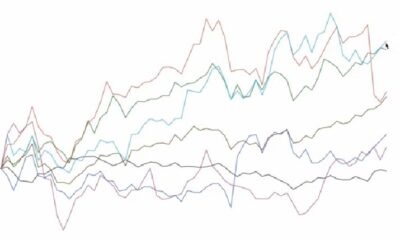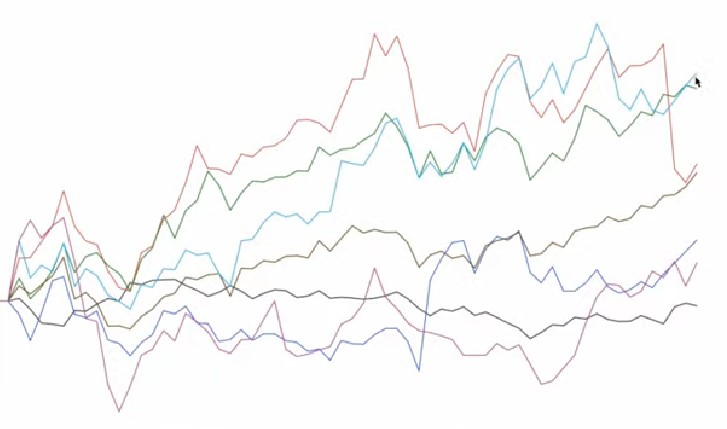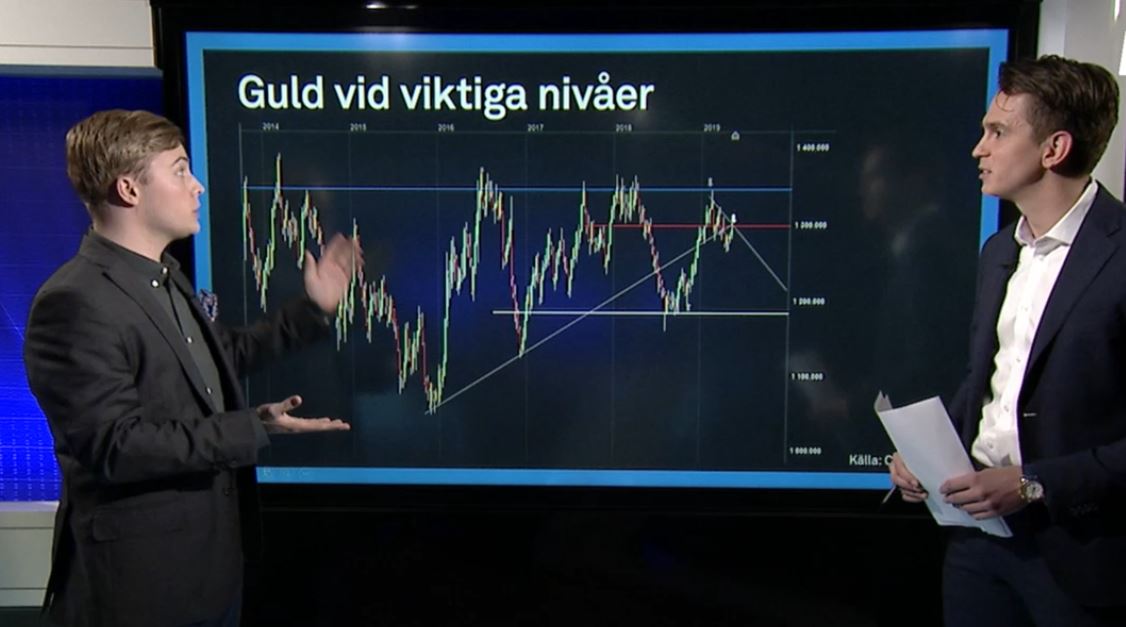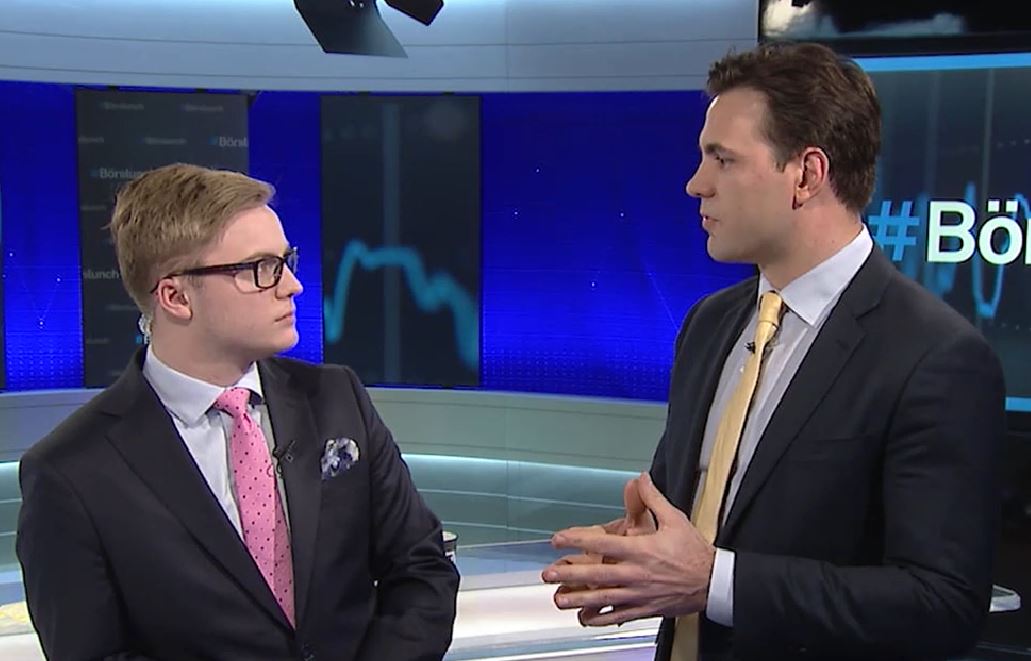Analys från DailyFX
SPX500: Will the Fed Feed the Bulls, or Set Them Out to Pasture?
To receive James Stanley’s analysis directly via email, please SIGN UP HERE
Talking Points:
- SP 500 Technical Strategy: Previous short cleared four targets, remainder stopped at 1,950; for the ‘big picture’ setup: one target remains for my ‘trade of the year’ at 1,750; conditional short setup identified.
- In the week after our last article, risk aversion continued until day two of Janet Yellen’s Congressional Testimony. Risk assets have remained well-bid since then.
- As we outlined in our last article, major market turns take time. With the SP moving up by more than 10% in ~3 weeks, it would appear that the stakes are still raised for big movements later in the year.
- Short global equities is my trade of the year. To get access to these setups and more, as well as the DailyFX team’s forecasts, please click here to access our trading guides.
In our last article, we spent a bunch of words and four different charts to explain the current state of risk markets with a focus on the SP 500. We closed that article with the current setup in the SP 500, which at the time was yet another bear-flag formation; with a short-side setup designed to take advantage of a continued down-trend as risk aversion continued to rage in the New Year. But just after hitting that 4th target at the previous short-term low of 1,810, the pressure on global markets began to recede.
This low hit on February 11th, which was the beginning of day two of Janet Yellen’s testimony in front of Congress. In that testimony, Ms. Yellen took a stance that was largely received as being extremely dovish as we saw rate hikes for the rest of 2016 get priced-down and out of rate markets. With the removal of this pressure of impending higher rates out of the United States, a sense of normalcy has returned: Commodities have put in signs of ‘recovery,’ China appears to have taken a step back from the brink and we’re sitting in front of three major Central Bank meetings over the next two weeks, each of which can add more air to the sails of global risk cues.
Price action in the SP since that February 11th low has been bullish and aggressive with the index moving up by nearly 11% in a little over three weeks. This is not the type of price action that one should want to directly fade: With expectations for more loose policy around-the-world, bids in equity markets have remained strong. And Central Banks may come to the table with even more loose monetary policy, and this could potentially create continued top-side movements in equity markets. After all, this has become somewhat of ‘par for the course’ in financial markets since the 2008 Financial Collapse, right?
What makes this so utterly interesting, and what provides the motive for a continued short-side thesis is the fact that the Fed may not be ready to do ‘the same ol’ thing.’ This was the thesis for my trade of the year: The Fed was ready to remove ‘emergency-like’ accommodations, and this is a major sense of support for equity markets. And sure enough, as heavier rate hikes for 2016 were expected in markets, risk aversion reigned supreme. But as markets moved lower and as the Fed provided dovish fodder for traders to chew on, prices have moved right back into their bullish ways.
But we don’t know that the Fed is going to back down yet, do we? We likely won’t be getting a hike in March judging by market expectations, but should the Fed take on a hawkish stance towards the rest of the year, similar to how they’d positioned themselves for last September’s ‘hawkish-hold,’ we can see risk aversion come right back.
Directional biases on the SP and US equities will likely be shaped by the Fed’s stance at their next policy meeting. Market perceptions of hawkishness will likely spell weaker stock prices, while a dovish read can bring on continued strength.
The big question is whether or not the Fed is actually going to back down from rate hikes for the remainder of the year. The chart below highlights near-term support levels based off of recent Fibonacci retracements, and traders can use these levels to institute a short-side approach: Let price action break below these support levels to show that bears might be able to take control, and once that support is broken, look to sell resistance in the vicinity of old support. This can be done with levels at 1,985 and that same confluent support that we mentioned in our last article in the 1,950 zone.
The FOMC decision is on the calendar for next Wednesday (March 16th), so this may take some time to setup. For now, price action is continuing in its bullish direction; be careful of imposing a bearish approach in a bullish market. This bullish direction can change on the turn of a dime, just in the way that the bearish mood on February 11th flipped at the mention of negative rates.

Created with Marketscope/Trading Station II; prepared by James Stanley
— Written by James Stanley, Analyst for DailyFX.com
To receive James Stanley’s analysis directly via email, please SIGN UP HERE
Contact and follow James on Twitter: @JStanleyFX
Analys från DailyFX
EURUSD Weekly Technical Analysis: New Month, More Weakness
What’s inside:
- EURUSD broke the ‘neckline’ of a bearish ‘head-and-shoulders’ pattern, April trend-line
- Resistance in vicinity of 11825/80 likely to keep a lid on further strength
- Targeting the low to mid-11600s with more selling
Confidence is essential to successful trading, see this new guide – ’Building Confidence in Trading’.
Coming into last week we pointed out the likelihood of finally seeing a resolution of the range EURUSD had been stuck in for the past few weeks, and one of the outcomes we made note of as a possibility was for the triggering of a ’head-and-shoulders’ pattern. Indeed, we saw a break of the ’neckline’ along with a drop below the April trend-line. This led to decent selling before a minor bounce took shape during the latter part of last week.
Looking ahead to next week the euro is set up for further losses as the path of least resistance has turned lower. Looking to a capper on any further strength there is resistance in the 11825-11880 area (old support becomes new resistance). As long as the euro stays below this area a downward bias will remain firmly intact.
Looking lower towards support eyes will be on the August low at 11662 and the 2016 high of 11616, of which the latter just happens to align almost precisely with the measured move target of the ‘head-and-shoulders’ pattern (determined by subtracting the height of the pattern from the neckline).
Bottom line: Shorts look set to have the upperhand as a fresh month gets underway as long as the euro remains capped by resistance. On weakness, we’ll be watching how the euro responds to a drop into support levels.
For a longer-term outlook on EURUSD, check out the just released Q4 Forecast.
EURUSD: Daily
—Written by Paul Robinson, Market Analyst
You can receive Paul’s analysis directly via email bysigning up here.
You can follow Paul on Twitter at@PaulRobinonFX.
Analys från DailyFX
Euro Bias Mixed Heading into October, Q4’17

Why and how do we use IG Client Sentiment in trading? See our guide and real-time data.
EURUSD: Retail trader data shows 37.3% of traders are net-long with the ratio of traders short to long at 1.68 to 1. In fact, traders have remained net-short since Apr 18 when EURUSD traded near 1.07831; price has moved 9.6% higher since then. The number of traders net-long is 15.4% lower than yesterday and 16.4% higher from last week, while the number of traders net-short is 0.4% higher than yesterday and 10.5% lower from last week.
We typically take a contrarian view to crowd sentiment, and the fact traders are net-short suggests EURUSD prices may continue to rise. Positioning is more net-short than yesterday but less net-short from last week. The combination of current sentiment and recent changes gives us a further mixed EURUSD trading bias.
— Written by Christopher Vecchio, CFA, Senior Currency Strategist
To contact Christopher Vecchio, e-mail cvecchio@dailyfx.com
Follow him on Twitter at @CVecchioFX
To be added to Christopher’s e-mail distribution list, please fill out this form
Analys från DailyFX
British Pound Reversal Potential Persists Heading into New Quarter

Why and how do we use IG Client Sentiment in trading? See our guide and real-time data.
GBPUSD: Retail trader data shows 38.2% of traders are net-long with the ratio of traders short to long at 1.62 to 1. In fact, traders have remained net-short since Sep 05 when GBPUSD traded near 1.29615; price has moved 3.4% higher since then. The number of traders net-long is 0.1% higher than yesterday and 13.4% higher from last week, while the number of traders net-short is 10.6% lower than yesterday and 18.3% lower from last week.
We typically take a contrarian view to crowd sentiment, and the fact traders are net-short suggests GBPUSD prices may continue to rise. Yet traders are less net-short than yesterday and compared with last week. Recent changes in sentiment warn that the current GBPUSD price trend may soon reverse lower despite the fact traders remain net-short.
— Written by Christopher Vecchio, CFA, Senior Currency Strategist
To contact Christopher Vecchio, e-mail cvecchio@dailyfx.com
Follow him on Twitter at @CVecchioFX
To be added to Christopher’s e-mail distribution list, please fill out this form
-
Analys från DailyFX9 år ago
EUR/USD Flirts with Monthly Close Under 30 Year Trendline
-

 Marknadsnyheter2 år ago
Marknadsnyheter2 år agoUpptäck de bästa verktygen för att analysera Bitcoin!
-
Marknadsnyheter5 år ago
BrainCool AB (publ): erhåller bidrag (grant) om 0,9 MSEK från Vinnova för bolagets projekt inom behandling av covid-19 patienter med hög feber
-
Analys från DailyFX12 år ago
Japanese Yen Breakout or Fakeout? ZAR/JPY May Provide the Answer
-

 Marknadsnyheter2 år ago
Marknadsnyheter2 år agoDärför föredrar svenska spelare att spela via mobiltelefonen
-
Analys från DailyFX12 år ago
Price & Time: Key Levels to Watch in the Aftermath of NFP
-
Analys från DailyFX8 år ago
Gold Prices Falter at Resistance: Is the Bullish Run Finished?
-
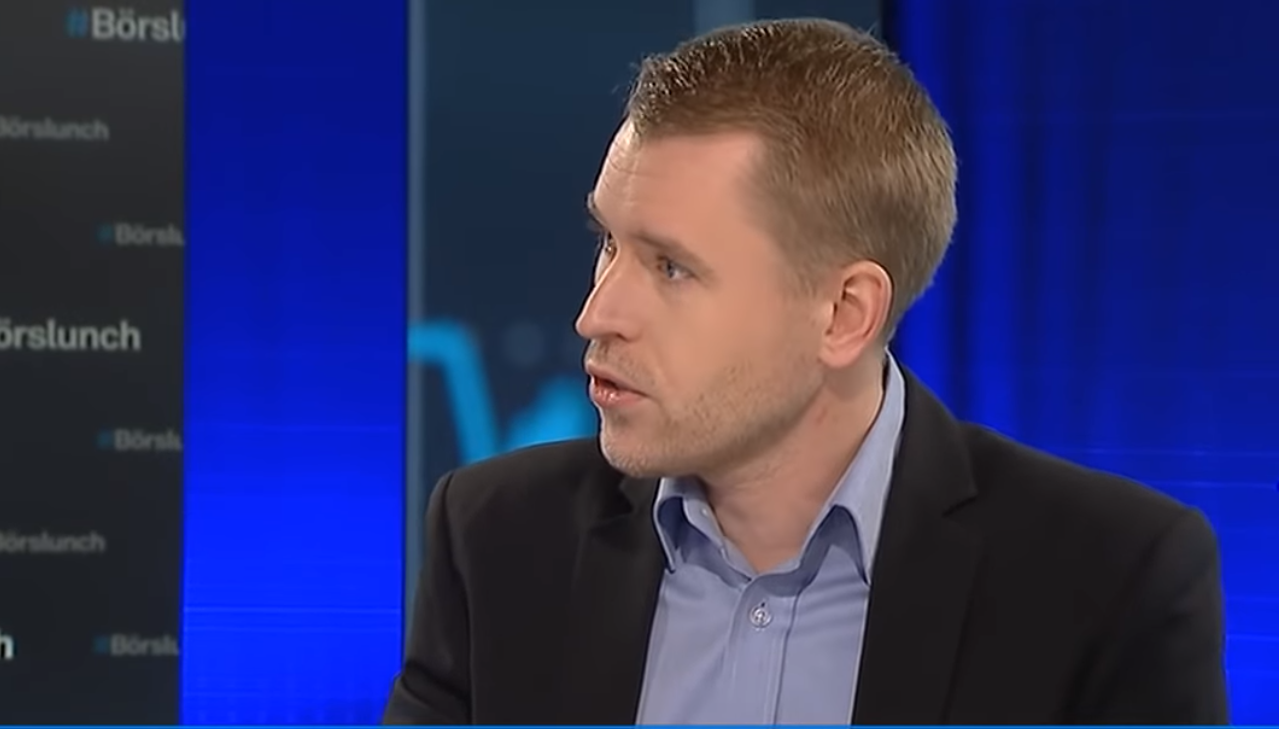
 Nyheter6 år ago
Nyheter6 år agoTeknisk analys med Martin Hallström och Nils Brobacke




